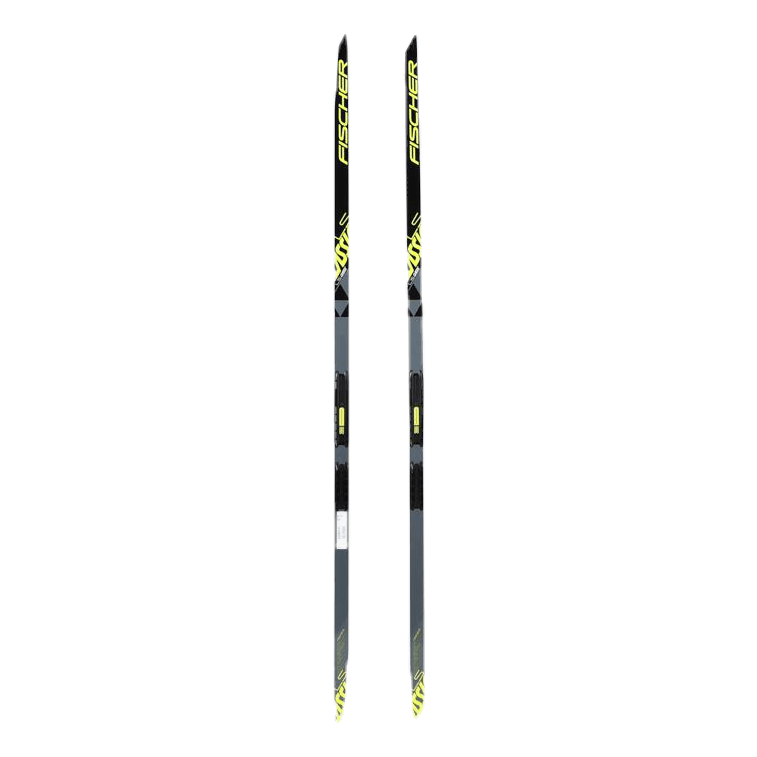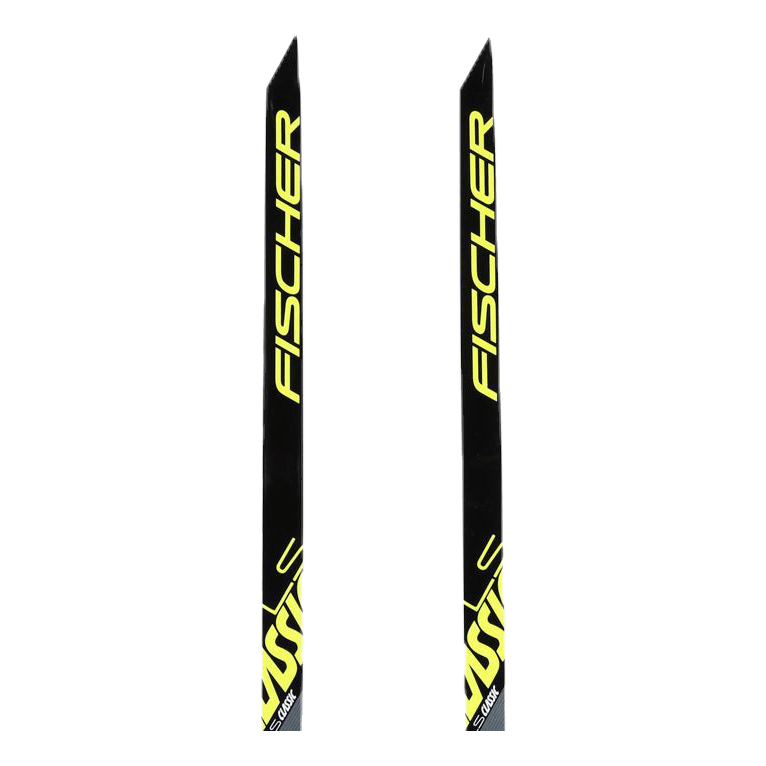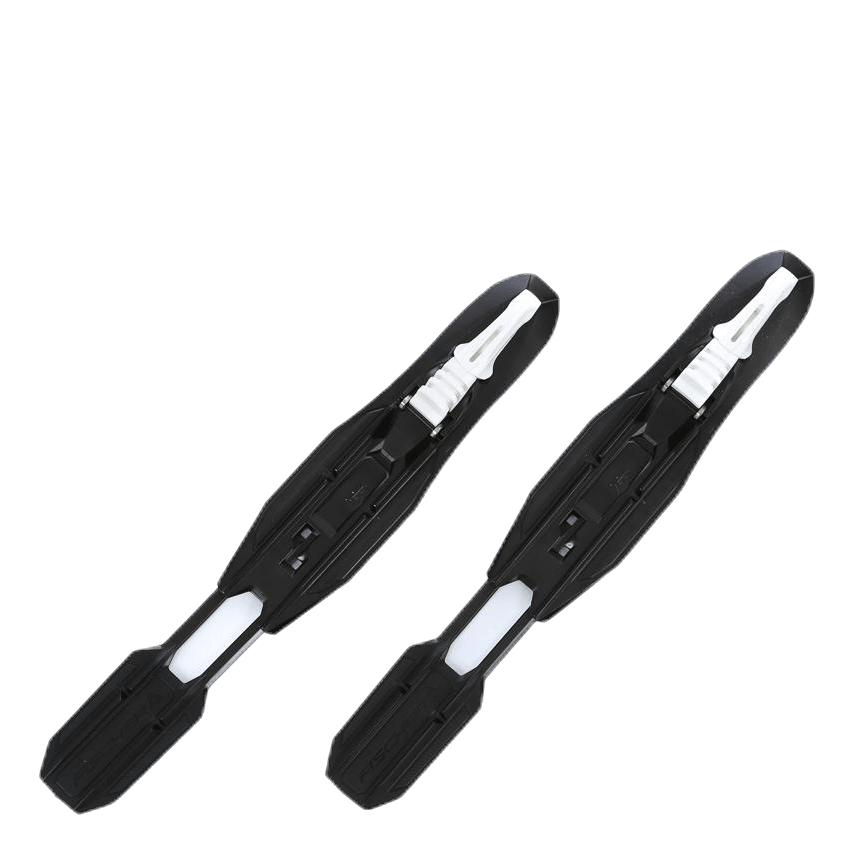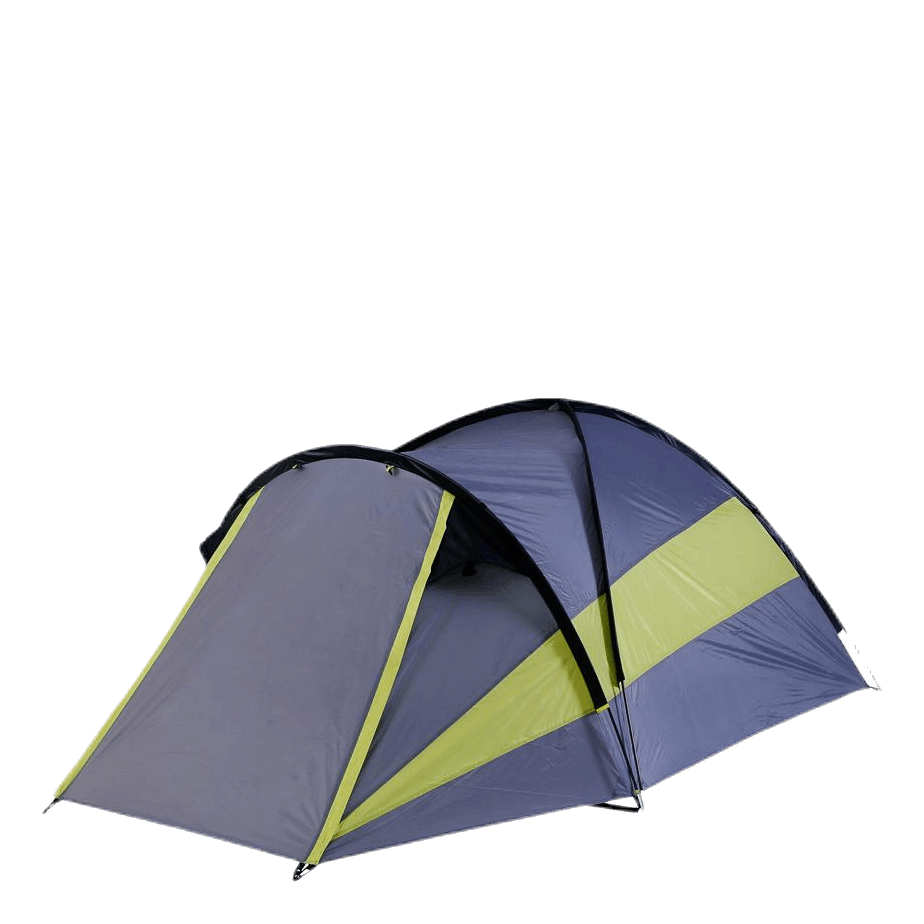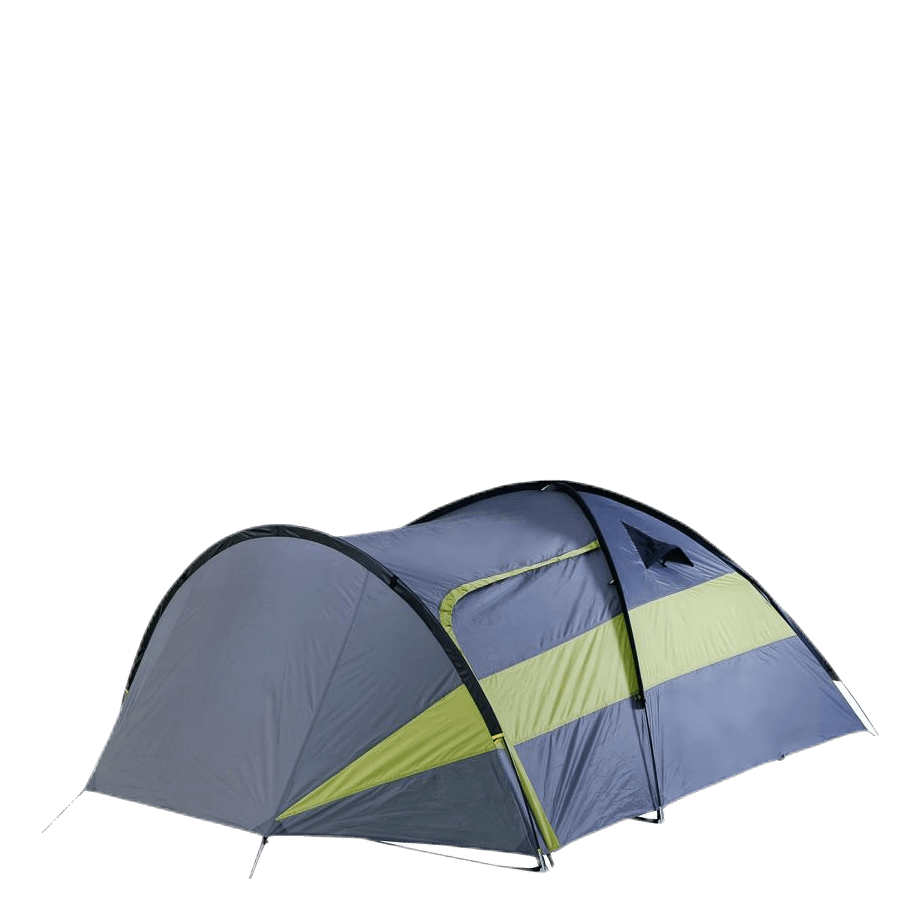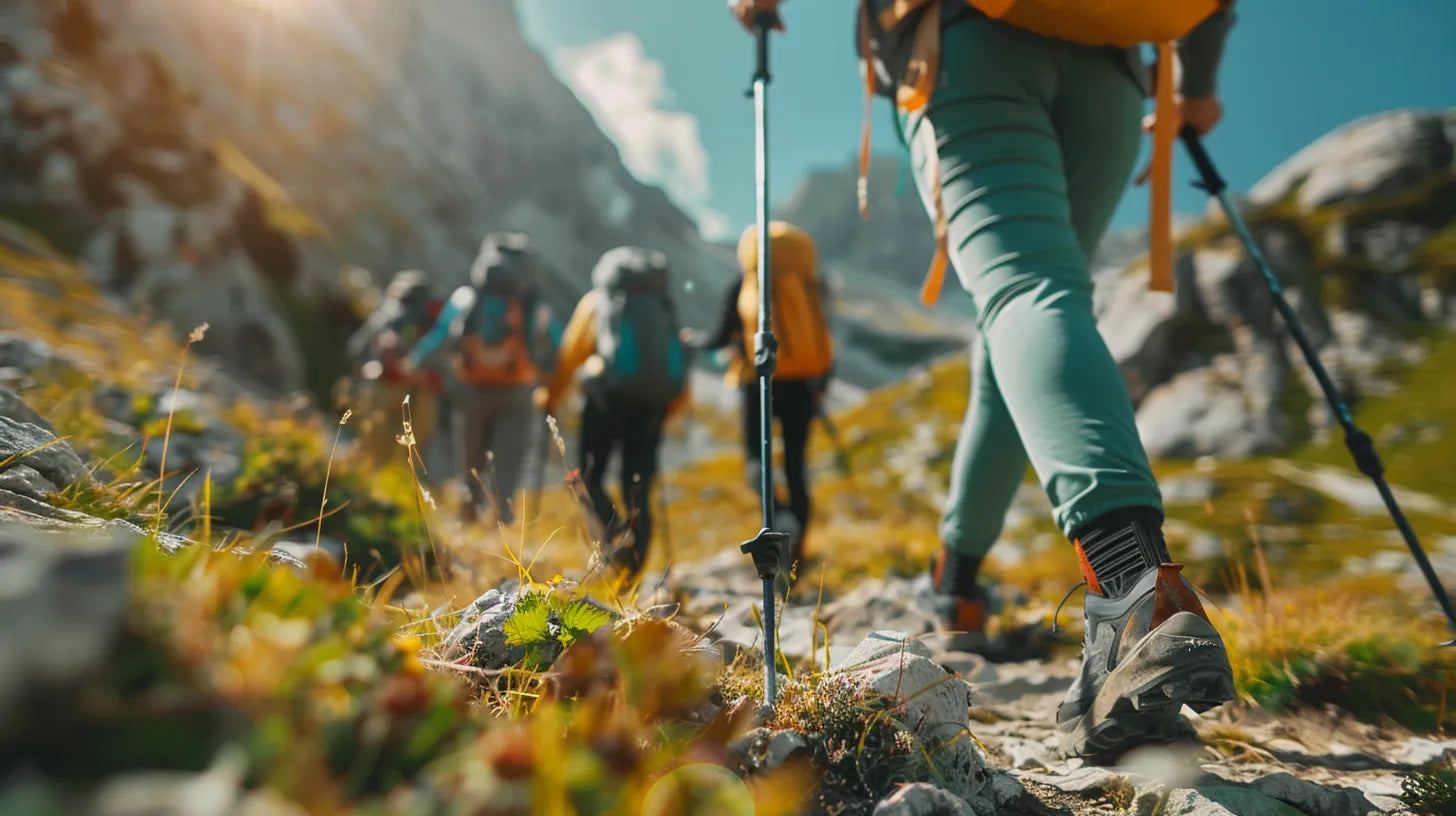
Trekking Poles: Your Guide to Proper Technique and Equipment for Hiking and Training
Why Use Trekking Poles?
Trekking poles, also known as hiking poles or trekking staffs, have become increasingly popular among outdoor enthusiasts and fitness enthusiasts. By using trekking poles, you gain a number of advantages:
- Better balance and stability on uneven terrain
- Relieves joints and reduces stress on knees and hips
- Provides extra power on uphill climbs and braking on downhill descents
- Offers a more comprehensive workout by engaging the upper body
- Can increase calorie burn by up to 20% compared to regular walking
Choosing the Right Trekking Poles
When selecting trekking poles, it's important to consider your height, activity, and personal preferences. Here are some factors to keep in mind:
Length
Trekking poles should be approximately 70% of your body height. A general rule of thumb is to hold the pole vertically in front of you with your elbow bent at 90 degrees - the grip should be at waist level. Many poles are adjustable, allowing you to fine-tune the length.
Material
Trekking poles are typically made of aluminum or carbon fiber. Aluminum poles are often more affordable and durable, while carbon fiber poles are lighter and better at dampening vibrations. Choose the material based on your budget and intended use.
Grips and Straps
Be sure to choose trekking poles with comfortable grips that fit your hands. Ergonomically designed grips reduce the risk of blisters and chafing. Adjustable straps help distribute weight and provide extra support.
Tips and Baskets
Most trekking poles come with interchangeable tips and baskets for different terrain. Carbide tips provide good traction on hard surfaces like rock and ice, while rubber baskets are suitable for pavement and trails. Choose tips and baskets based on the terrain you'll be traversing most often.
Proper Trekking Pole Technique
Using trekking poles correctly is crucial to get the most out of your hikes or workouts. Here are some tips for proper technique:
- Keep the poles close to your body and let your arms swing naturally from the shoulders
- Plant the poles diagonally forward, approximately midway between your feet
- Push off with your arm, engaging your entire upper body, not just your hands
- Coordinate the movements of your legs and arms - opposite arm and leg move together
- Maintain an upright posture and avoid leaning too heavily on the poles
When hiking uphill, you can shorten your pole stride and plant the poles closer to your feet for extra power. On downhill sections, lengthen your pole stride and use the poles to brake and take pressure off your legs.
Trekking Pole Maintenance
To ensure your trekking poles last and perform optimally, it's important to take care of them. After each use, wipe down the poles and check for any cracks or damage. Replace worn parts like tips and baskets as needed.
Store your trekking poles in a dry place and avoid exposing them to extreme temperatures. If your poles are adjustable, ensure the locking mechanisms are clean and lubricated for smooth length adjustment.
Start Using Trekking Poles Today
Whether you're an experienced hiker or a beginner in trekking pole workouts, there are many benefits to discover. With the right equipment and technique, you can take your outdoor adventures and fitness routines to the next level.
So lace up your hiking boots, grab a pair of trekking poles, and head out into nature. Let the poles be your trusty companions on the path to better health, stronger muscles, and unforgettable experiences. The journey begins here - one pole stride at a time!




